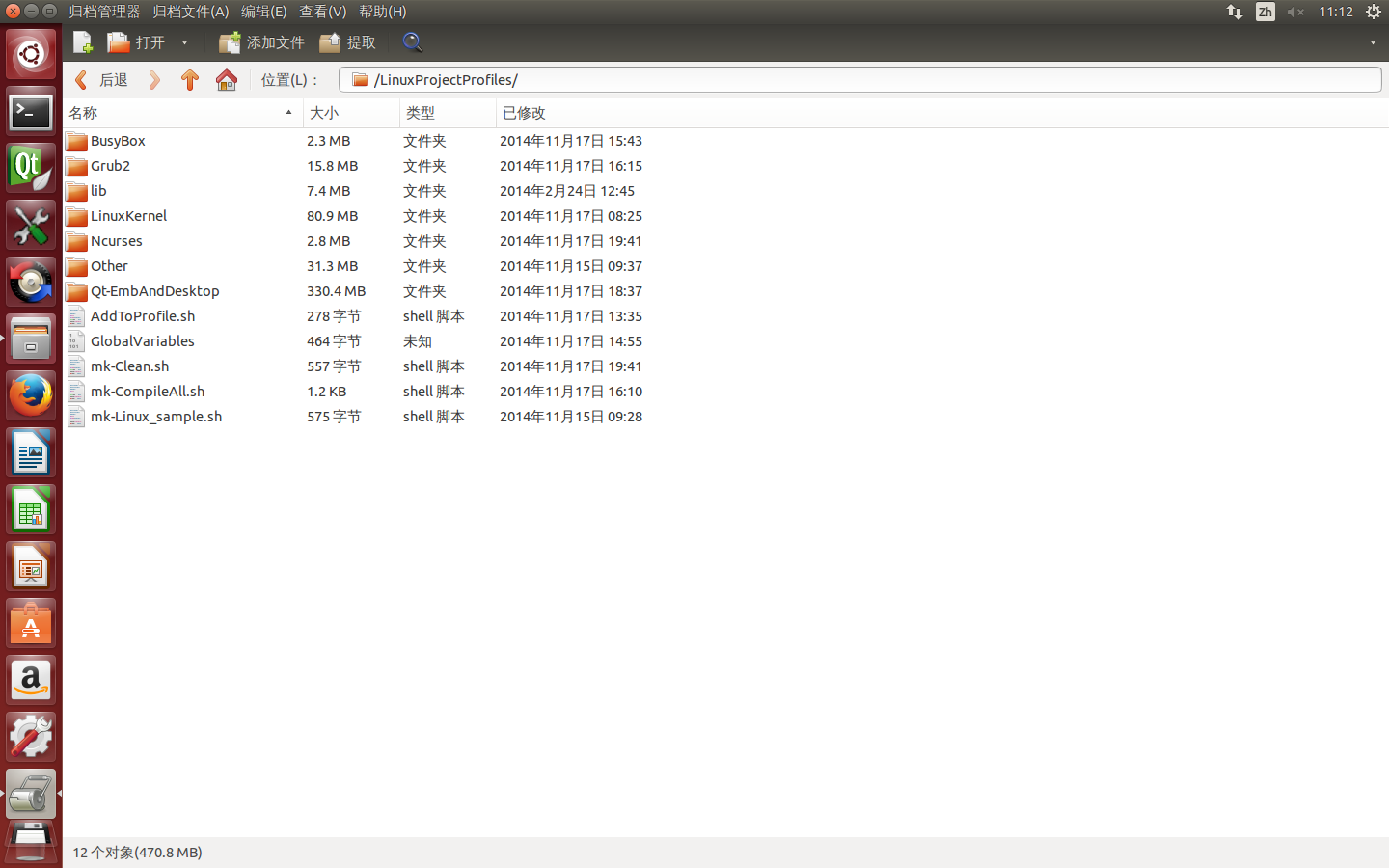设置了iptables的禁止所有的端口,只容许可能访问了策略后大部分情况下会出现ftp不能正常访问的问题,因为ftp有主动和被动连接两种模式,少添加一些策略就会出问题。
在这里我就相信的说明下解决方法:
首先加载:
#modprobe ip_conntrack_ftp
#modprobe ip_nat_ftp
然后加载策略
#iptables -A OUTPUT -m state --state RELATED,ESTABLISHED -j ACCEPT
#iptables -A INPUT -m state --state RELATED,ESTABLISHED -j ACCEPT
#iptables -I INPUT -p tcp --dport 21 -j ACCEPT
#iptables -I OUTPUT -p tcp --dport 21 -j ACCEPT
如果不想每次都加载模块的话请在 /etc/sysconfig/iptables-config
添加
保存之后皆可。


